The world of piano chords is vast and engrossing, and one of the fundamental ones you will encounter is the E Minor (Em or Emin) chord. It is like a hidden gem waiting to be uncovered in this vast world of chords.
Em chord piano sound is unique in its own way, bringing a touch of melancholy and depth to your music.
You will notice a distinctive mood if you compare Emin with others, such as C major or G major.
While the E major has a bright and cheerful sound, the Emin, with its minor third, carries a more pensive and reflective tone. Playing Emin on the piano can be a beautiful experience.
It is like painting with emotions on the keys. When you add it to your piano learnings, you are not just knowing another chord but opening the door to a new range of musical possibilities.
- What is the Em Chord on the Piano?
- Conclusion
- FAQs
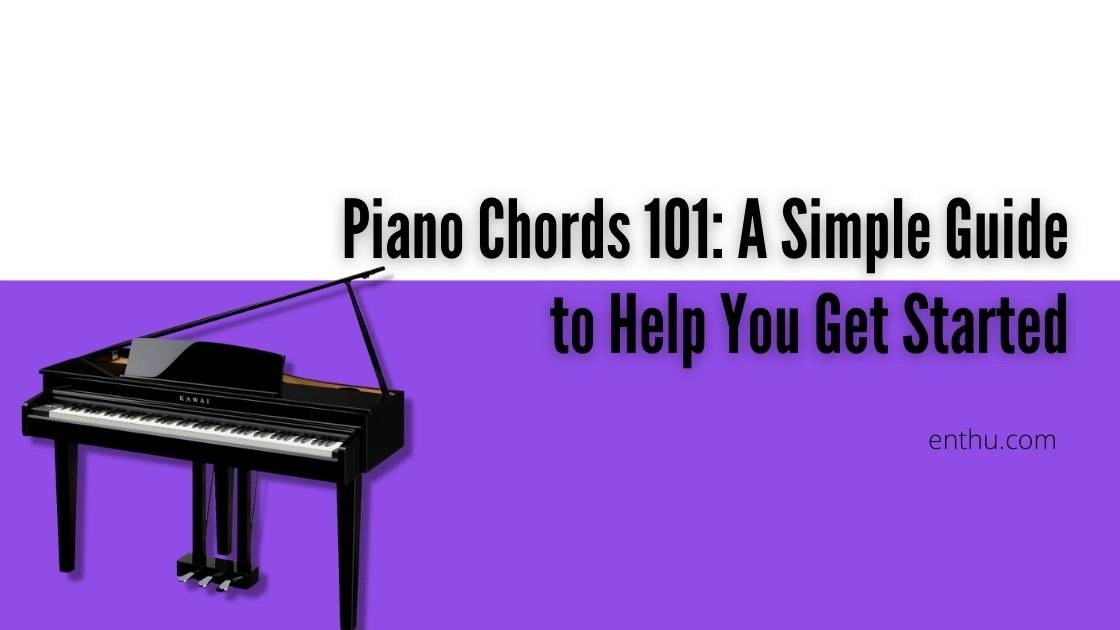
In classical music, it is often used to convey melancholy and is frequently found in minor key compositions. Many pop and rock songs use the Emin for its emotional depth.
Also, it is applied in blues music, contributing to the genre's characteristic moody sound. Further, it is also found in ballads and folk music.

This tutorial will deeply explore Em chord piano structure, positions, and practical applications. By the end of this guide, you will be able to confidently play this minor chord and incorporate it into your musical creations.
What is the Em Chord on the Piano?
Minor chords often create a sad or thoughtful mood in music, making them an important tool for expressing emotions. The E minor (Em) chord is a minor triad made up of three notes: the root (E), the minor third (G), and the perfect fifth (B).
When played together, these notes produce a harmonious yet melancholic sound, which is why the Em chord is widely used across many musical genres and styles.
Em Chord Piano Notes: E – G – B
1. How to Play the Em Chord on the Keyboard
You must understand the notes and fingering in detail to achieve Em chord piano mastery. When positioning your fingers to play on the piano or a keyboard, here's a breakdown:
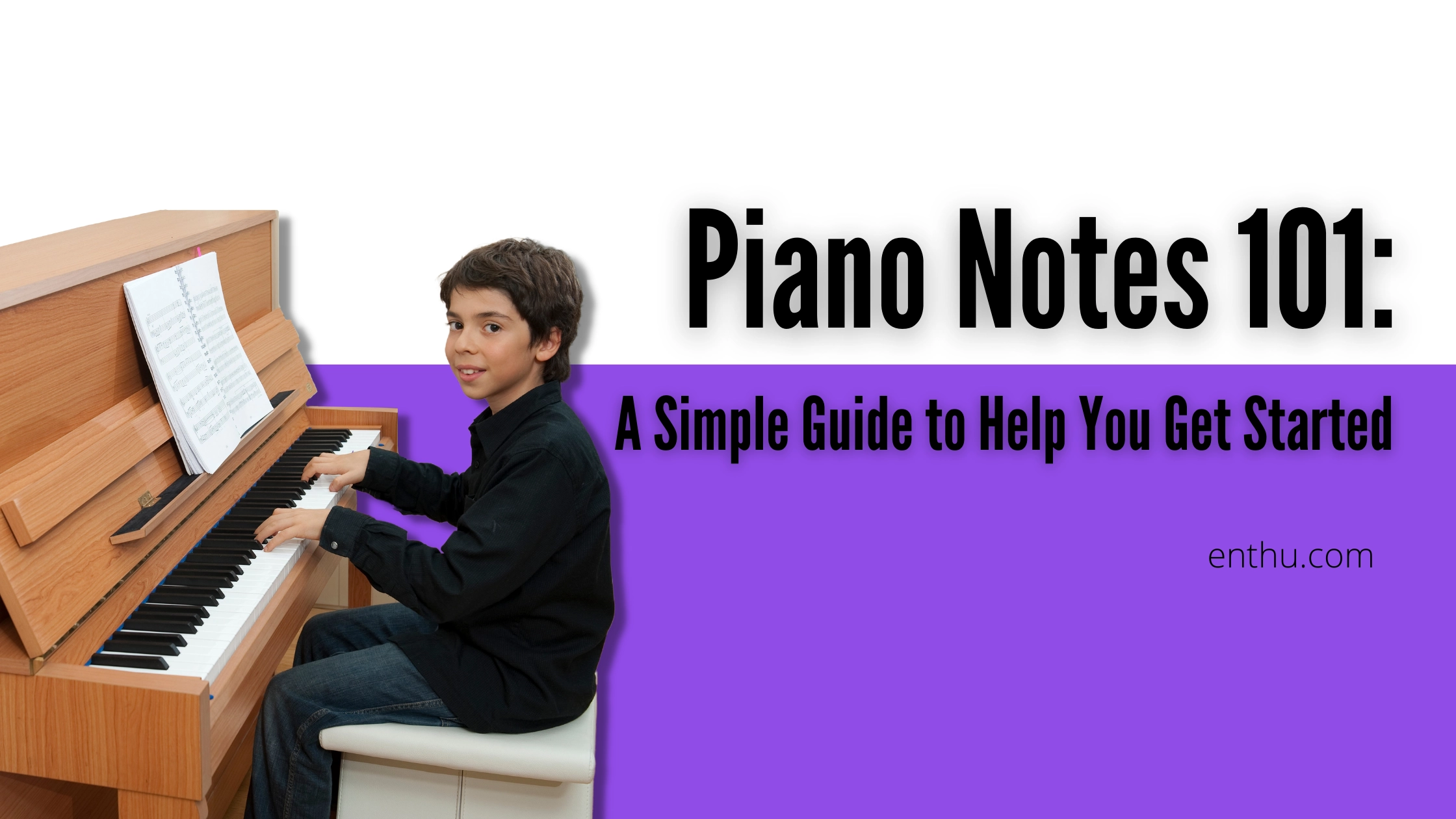
E (root note): Played with your thumb (1st finger).
G (minor third): Played with your middle finger (3rd finger).
B (perfect fifth): Played with your pinky (5th finger).
This standard fingering is for the Emin in the root position, which is the most basic form of the chord. The step-by-step guide to learning to play Emin:
Step 1
Find the root note. In this case, the root note is E.

Step 2
Identify the minor third. Go three-half steps up from the root note - that is, G.
Step 3
Locate the perfect fifth. From the minor third (G), go four half steps up to B.
Step 4
Position your hand on the piano with your fingers ready to simultaneously play E, G, and B.
Step 5
Press down the keys E, G, and B using your thumb (first finger), middle finger (third finger), and pinky (fifth finger), respectively, to sound the Emin.
Note
You may follow similar steps for the Left Hand with the fingers - pinky, middle, and thumb with E, G, and B, respectively.
Notes | Right Hand | Left Hand |
E-G-B | 1-3-5 | 5-3-1 |
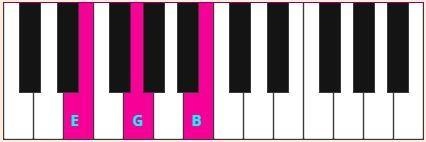
2. Em Chord Inversions
Once you are proficient with the E minor chord's root position, it is time to explore different variations and inversions.
Inversions are alternative ways of playing a chord that change the order of the notes.
Learning these inversions can be particularly useful when transitioning between chords and creating smoother chord progressions. The Emin has two main inversions: the first and second inversion.
First Inversion
In the 1st inversion, the notes are arranged as G, B, and E. G is the lowest note (bass note) here. To play this inversion, follow the below finger positionings.
G: Use your thumb (1st finger)
B: Use your second finger (2nd finger)
E: Use pinky (5th finger)
Notes | Right Hand | Left Hand |
G-B-E | 1-2-5 | 5-3-1 |

3. Second Inversion
The second inversion places the notes B, E, and G; B is the lowest (bottom). In this position, your thumb (1st finger) plays B, your middle finger (3rd finger) plays E, and your pinky (5th finger) plays G.
Notes | Right Hand | Left Hand |
B-E-G | 1-3-5 | 1-2-5 |

4. Practicing and Improving
Your Technique with the Em Chord Playing the Emin requires practice to improve your technique and fluency, like any piano skill. Here are some practice tips:
5. Em Chord Piano Scales Practice
The E minor piano scale to familiarize yourself with the key of E minor. The same will help you understand how the Em chord fits into this key.
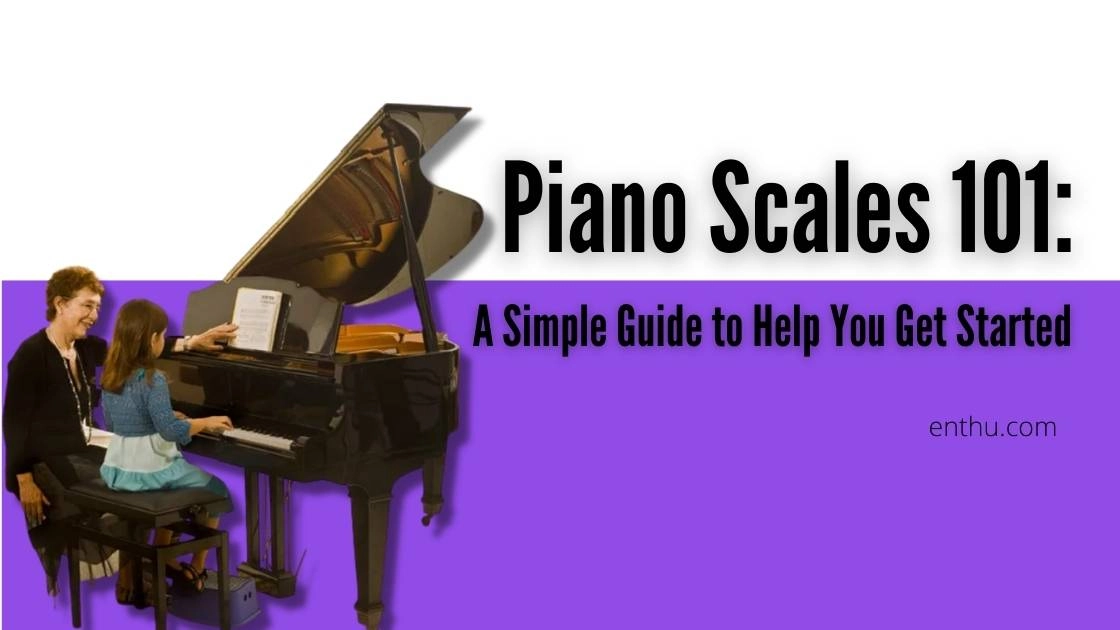
Check out the E Natural Minor Scale Notes and Finger Positionings following the steps as Whole, Half, Whole, Whole, Half, Whole, and Whole for the given notes:
Notes | Right-Hand | Left-Hand |
E-F#-G-A-B-C-D-E | 1-2-3-1-2-3-4-5 | 5-4-3-2-1-3-2-1 |

E Harmonic Minor Scale Notes = E-F♯-G-A-B-C-D#-E E Melodic Minor Scale Notes = E-F♯-G-A-B-C#-D#-E
6. Em Chord Piano Progressions Practice
Popular chord progressions using the chord and its inversions to help you become more comfortable with its placement in a piece of music. Also, it will improve your transitions between chords and lead you to create your own music.
Em-C-G-D
Em-C-D
Em-Bm-C-D
Em-Am-Bm
Am-G-Em-D
Em-Am-D
Em-G-Am-C
Em-D-C-B
Em-Am-F#m7-B
7. Master E Minor 7
(Em7 or Emin7) Like all minor seventh chords, the E minor seventh chord is constructed from four notes. It is created by combining the root, minor third, perfect fifth, and minor seventh notes of the major scale.
Notes | Finger-Position |
E-G-B-D | 1-2-3-5 |

8. Em/D E Minor chord
with a D as the bass or lowest note
Chords | Notes |
Em/D | D-E-G-B |

Other tips to get better in Em chord piano practice
Use a metronome to practice the Emin at different tempos, ensuring your timing is consistent.
Play it
(broken chord) to strengthen finger dexterity and hand coordination.
Learn common chord changes involving the Em chord, such as Em to C major or Em to G major.
Practice and be proficient in the related chords below:
Chords | Notes |
E major | E-G#-B |
Em9 | E-G-B-D-F# |
Em11 | E-G-B-D-F#-A |
E5 | E-B |
Esus4 | E-A-B |
Consistent practice is key to mastering piano. Set aside dedicated practice time in your daily or weekly routine.
Recording your practice sessions can be a valuable tool for self-assessment. It lets you hear your progress and identify areas for improvement.
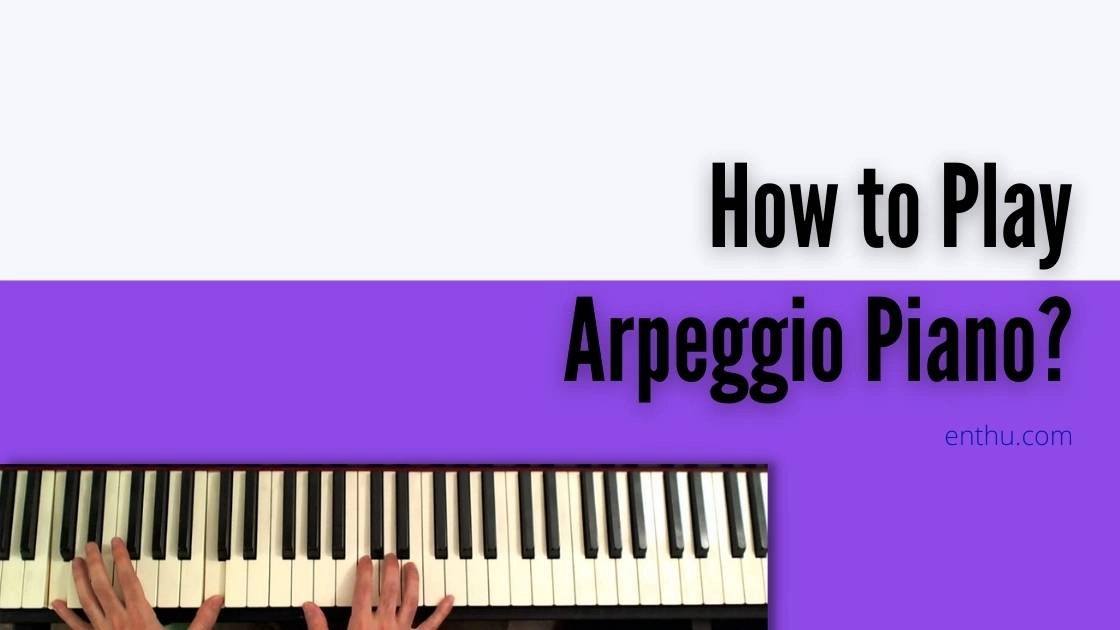
As you become more comfortable with the Emin, you can experiment with creative ways to use it in your playing style. You may use that as a starting point for improvisation.
Explore different patterns and rhythms. Alternatively, combine the Emin with others to create rich harmonies. For example, try Em with A minor for a harmonious blend.
You may also write your own songs using it as a foundation. This practice allows you to express your emotions and thoughts through music.
9. 5. Resources for Further Learning and Exploration
Of Piano Chords If you are eager to learn piano chords, including the Emin, plenty of resources are available:
Enroll in piano lessons with a qualified and expert pianist who can provide personalized guidance.
Countless video tutorials and online piano learning courses are also available.
Explore sheet music for songs that use the Em chord, as it can be a practical learning method.
Invest in chord books that offer comprehensive information on various chords and their applications.
Beginner Piano: E Minor Scales, Fingering

Can I use the E Minor in the key of C Major? Yes, you can use the Emin in the key of C Major (C-E-G). It is called a "borrowed chord" and adds an interesting flavor to your music.


Conclusion
Chords are like pieces of piano music, and they help us create beautiful melodies. The Emin, in particular, adds deep feelings to the music. The more you play the Emin, the more you discover its depth and potential in your music.
By practicing different ways to play this chord, you become a better piano player and understand how music works. Remember, progress takes time and patience. Keep going even if you encounter challenges along the way.

With consistent practice and a commitment to improvement, you will become a skilled pianist in no time. If you're excited to learn more and make music your own, we invite you to join our classes. Let's start this musical journey together.
FAQs
1. What are inversions on the piano?
Inversions are different ways of playing a chord by changing the order of its notes. Inversions can create smoother transitions and add. variety to your piano playing.
2. What is the significance of the minor third in the E minor or any minor chord?
The minor third in the Emin gives it a sad and emotional feel. It is the note that makes E minor different from E major.
3. How is the E Minor different from the E Major?
The Emin has a minor third (G), while the E Major has a major third (G#). This single-note difference changes the chord's mood and sound immensely.


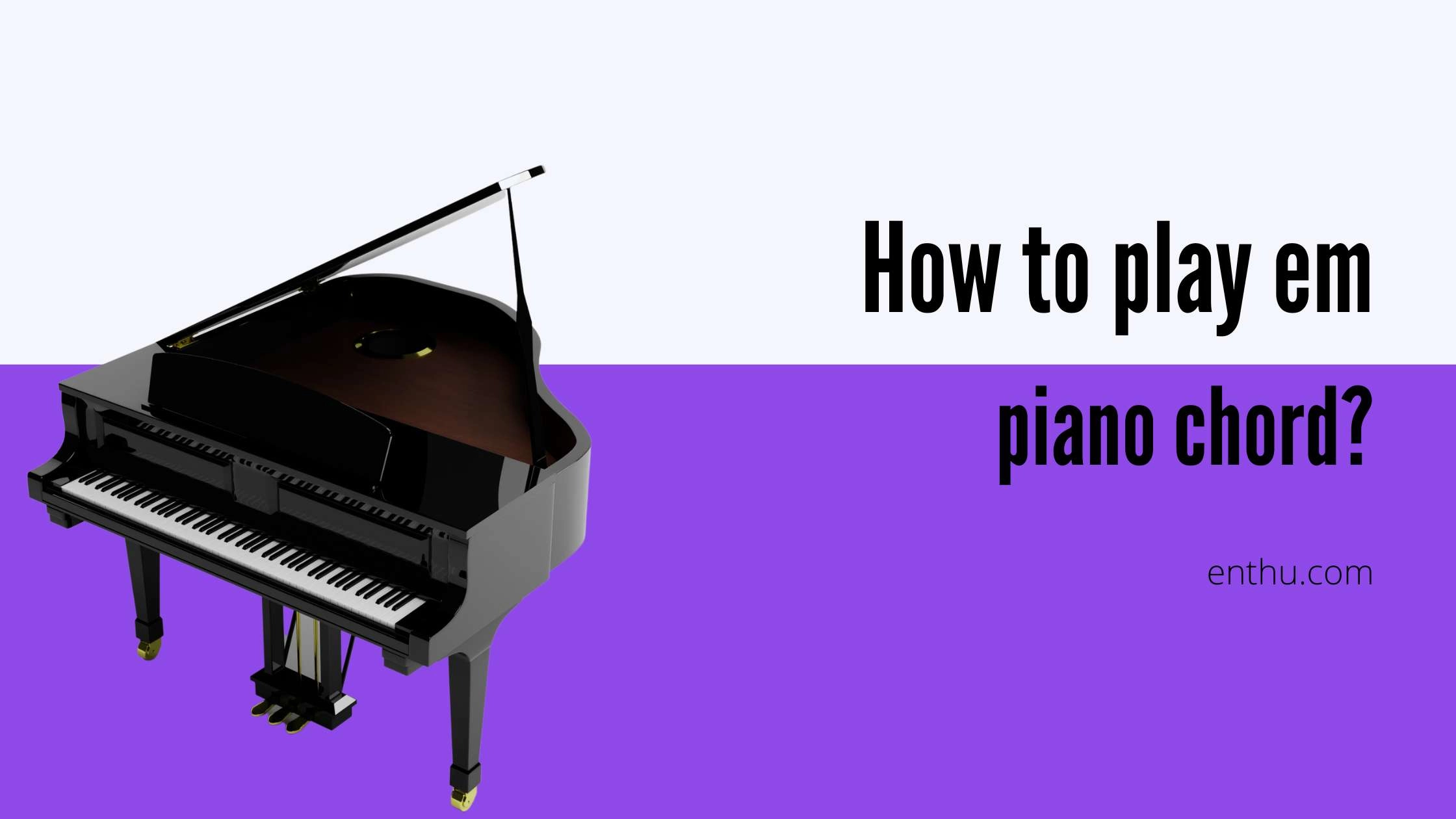
.png)


Comments